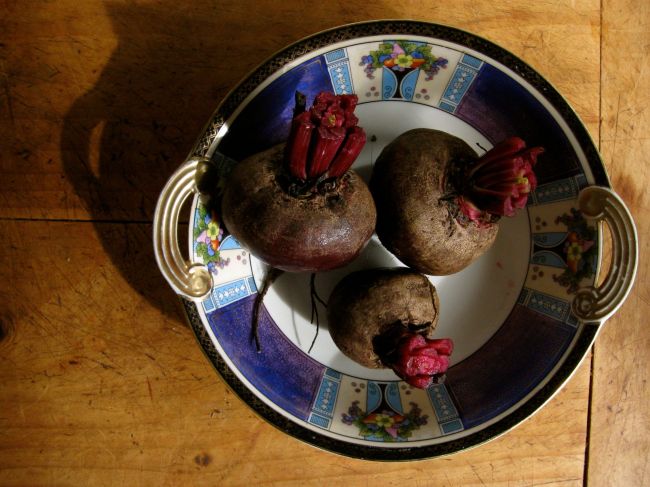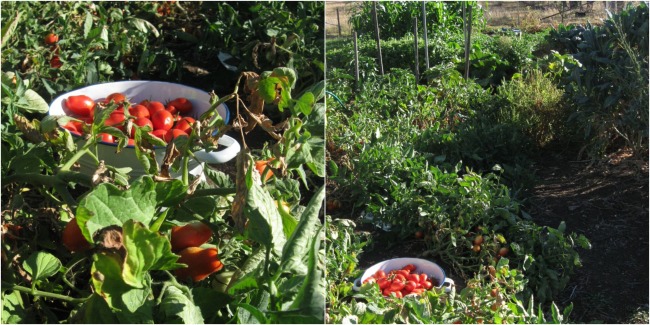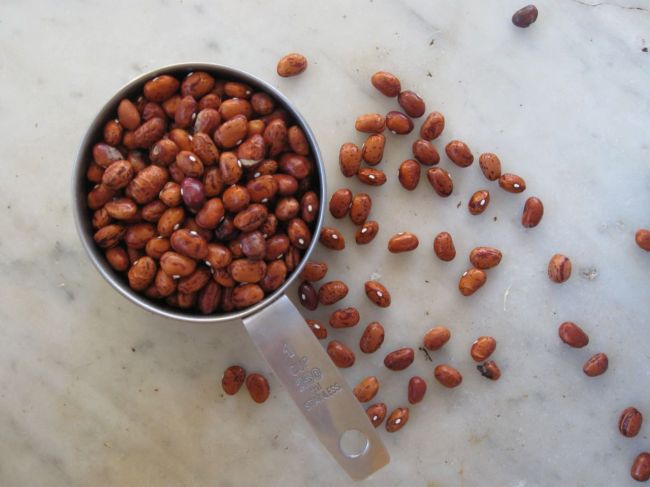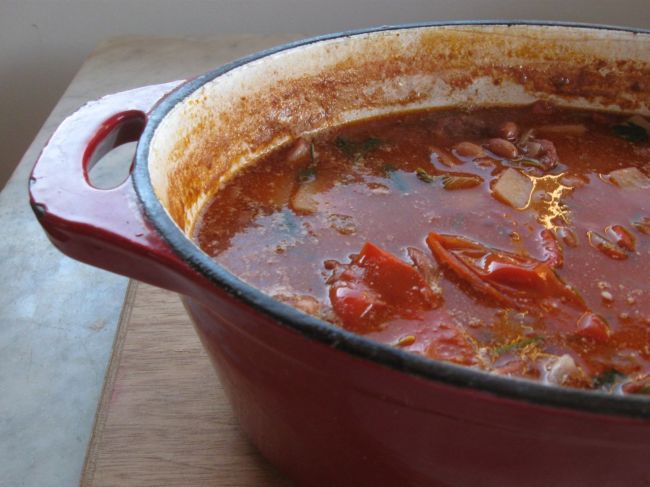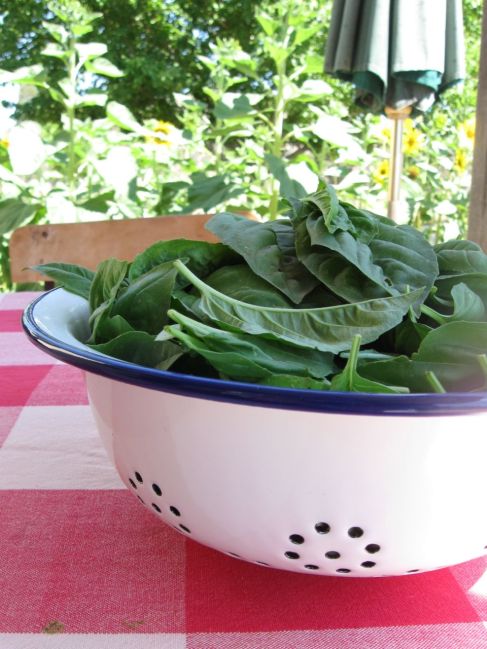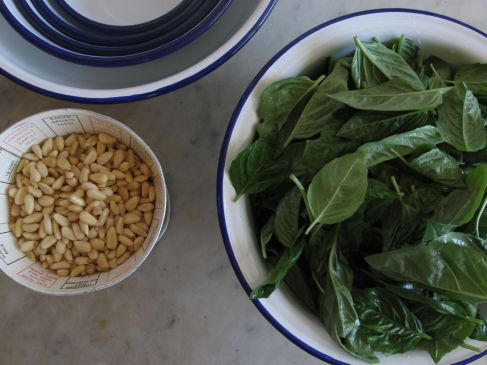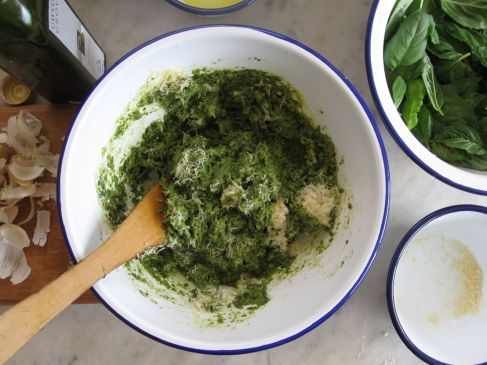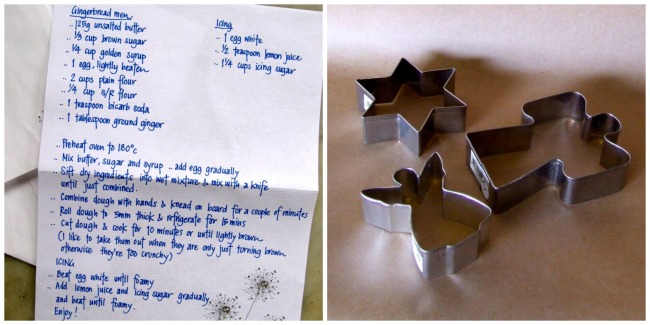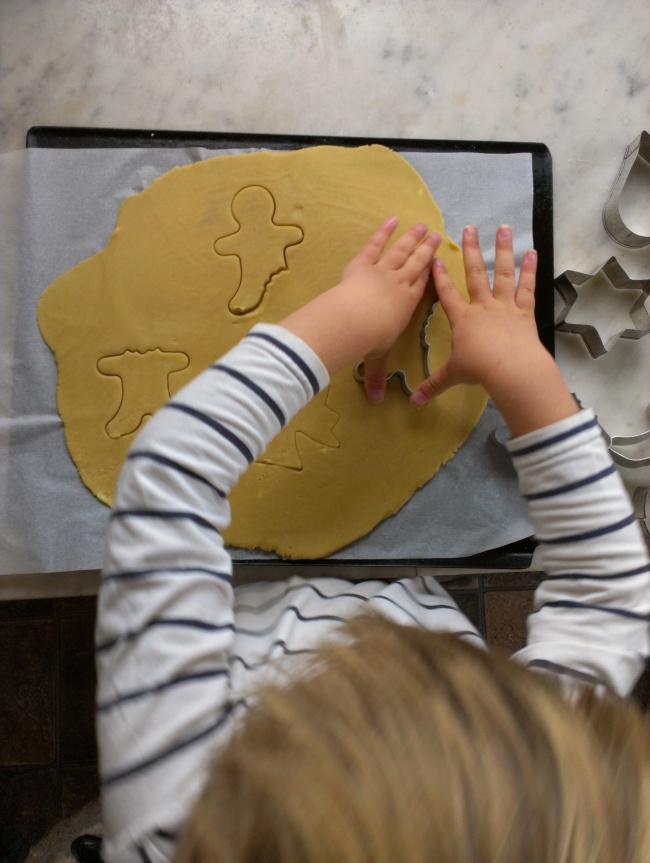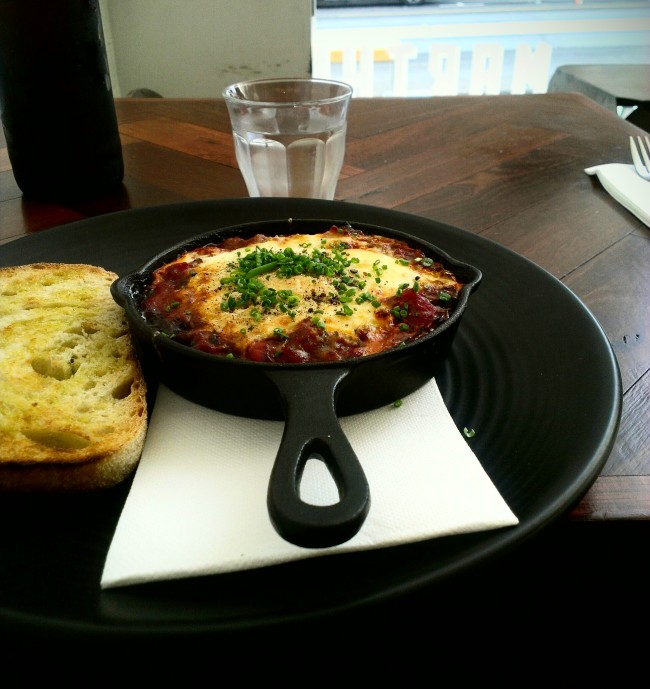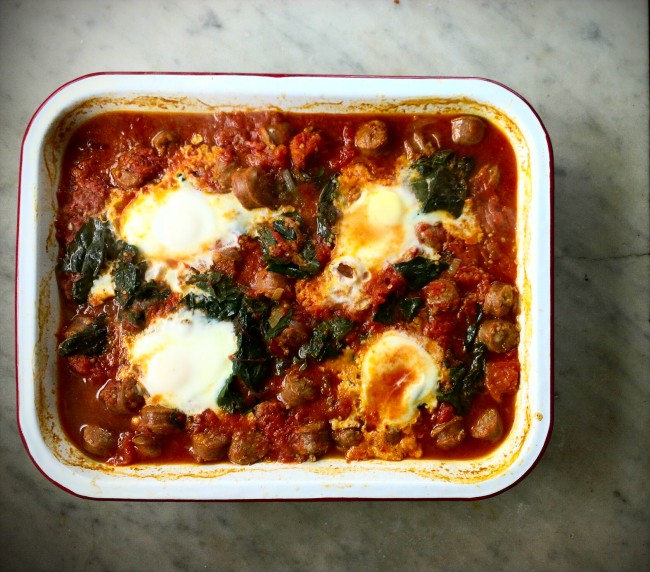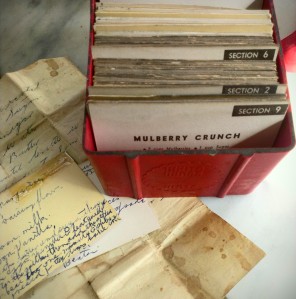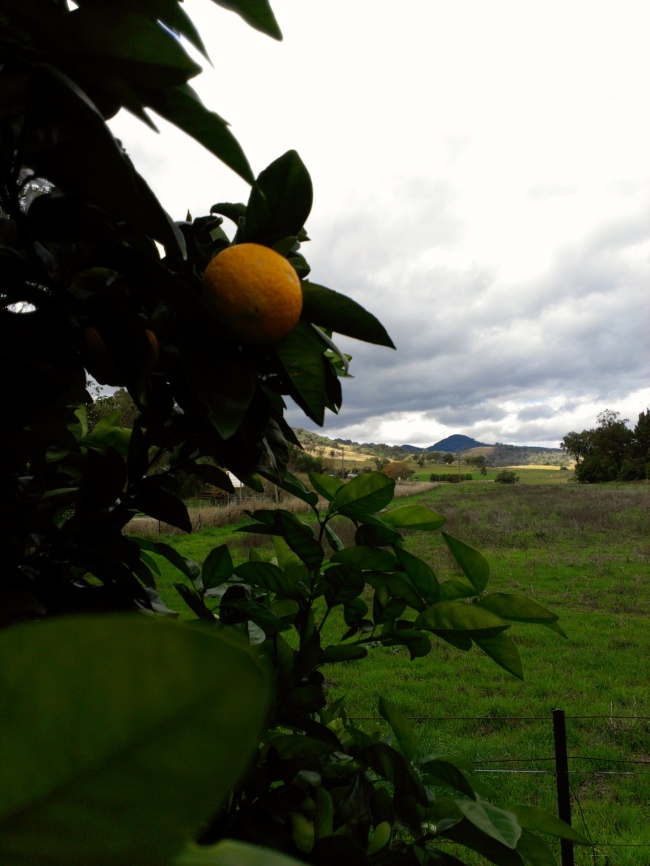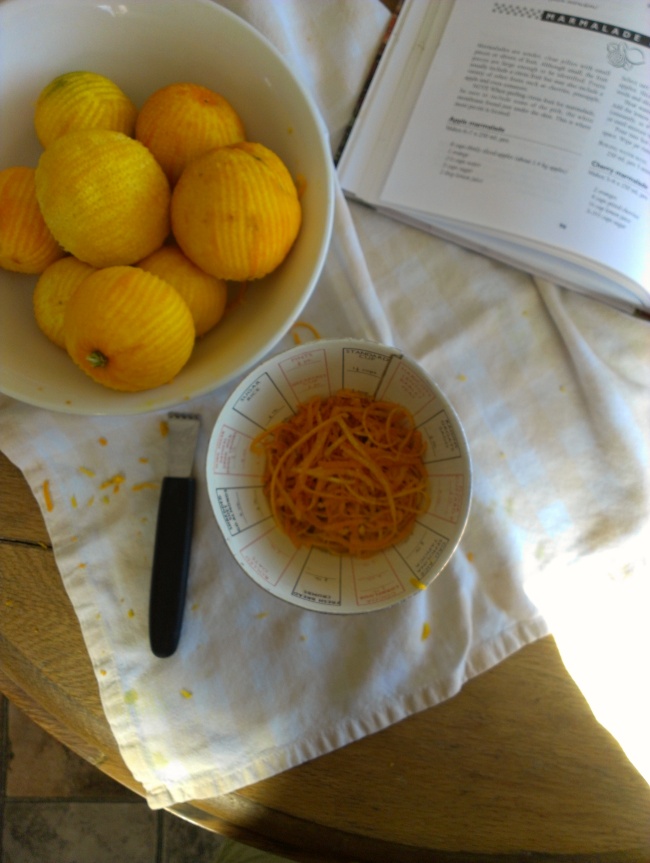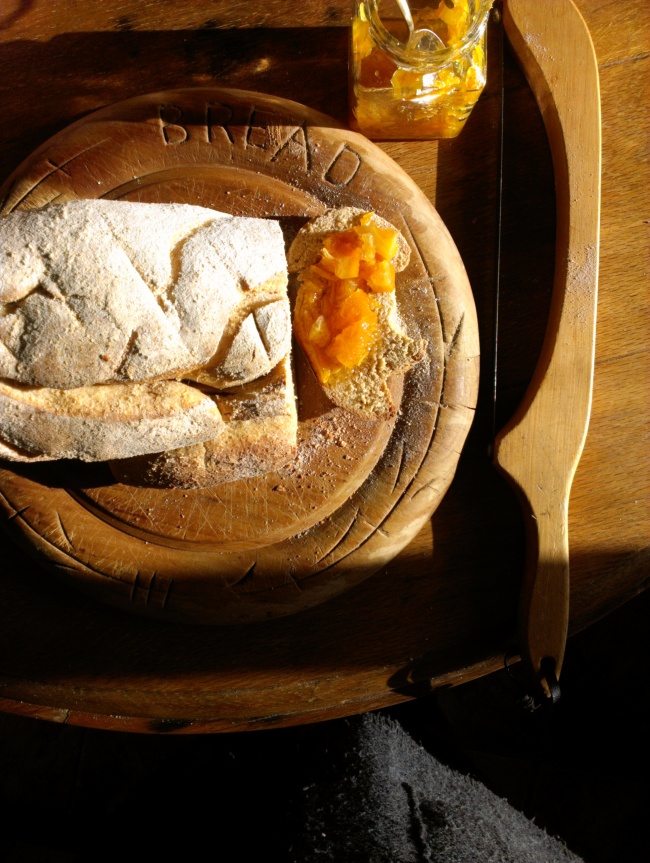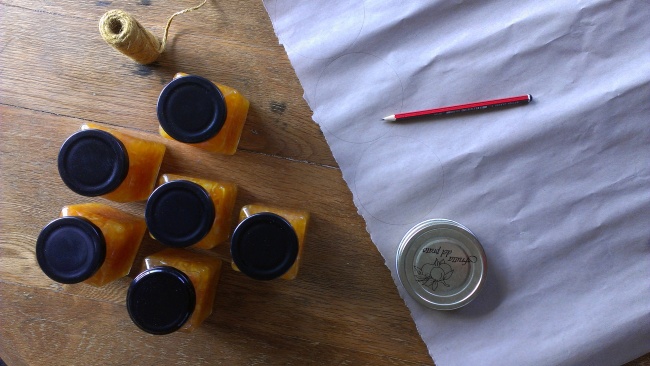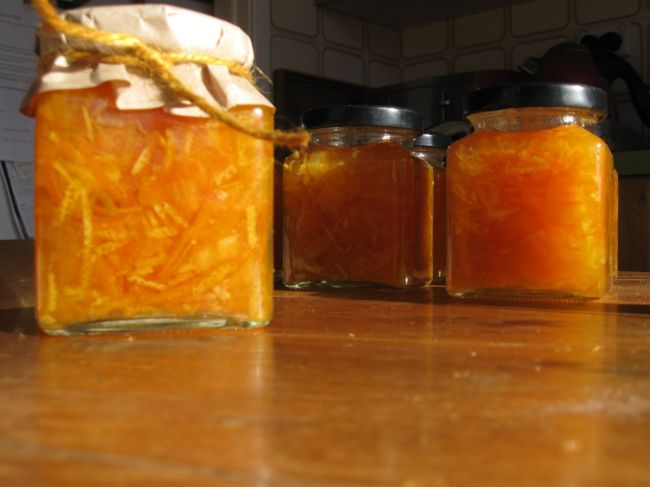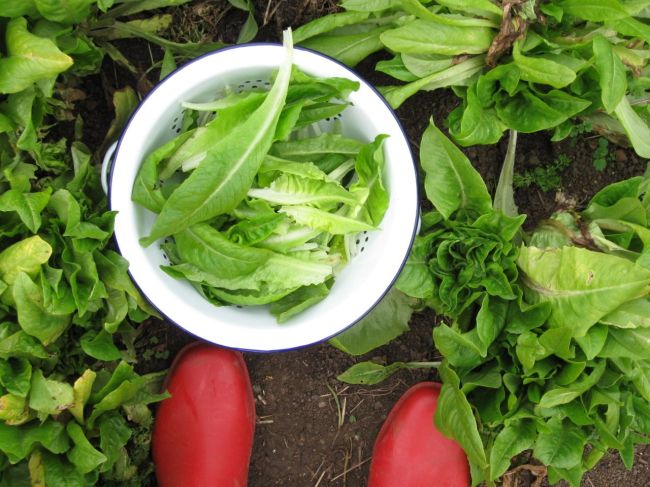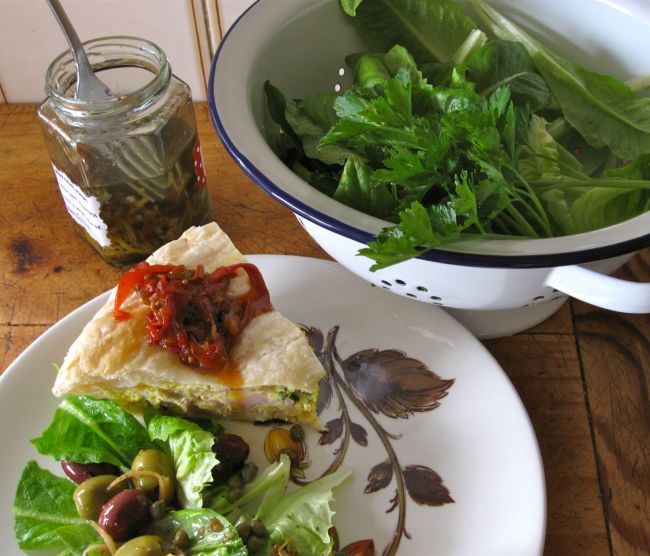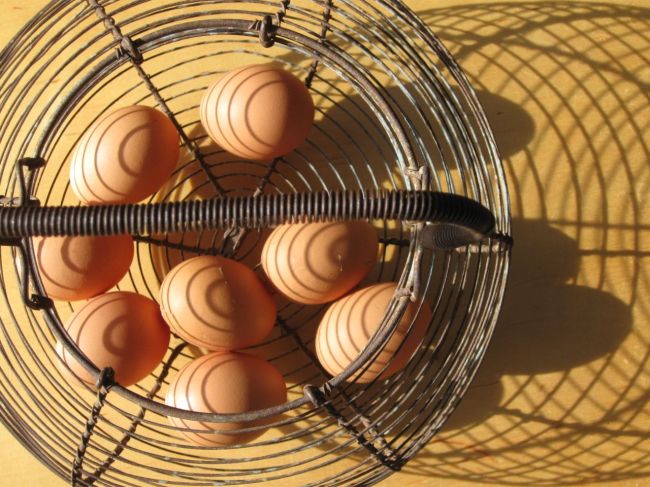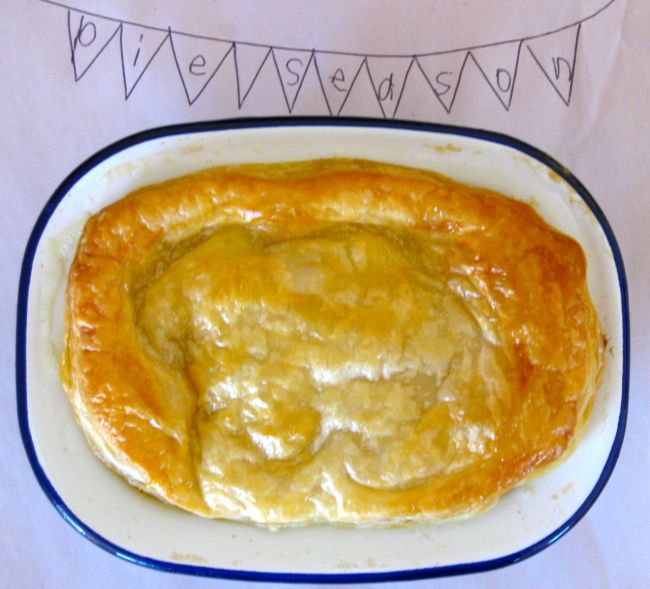



 You know you are onto a winner recipe when the children ask you to make a second batch. This is just what happened when the last Back to School Whole Orange Muffin was devoured.
You know you are onto a winner recipe when the children ask you to make a second batch. This is just what happened when the last Back to School Whole Orange Muffin was devoured.
It is such a blessing that oranges are in season during winter. When there is little colour in the garden the pop of orange against dark, glossy, green foliage is an absolute joy.
The first time I made a similar recipe using whole oranges, I was dubious about the method. Boiling whole oranges until they are soft, chopping them roughly and then pulping them to mix with other ingredients? Really? But if you haven’t discovered similar recipes already I encourage you to give it a try. The intense citrus flavour is delicious. And combined with almond meal, the texture is wonderfully moist and dense. You can’t go wrong (even if you leave them in the oven a little too long like I did with our second batch, the recipe is very forgiving).
I experimented with using Demeter Spelt Flour and Kurrajong Ridge Sorghum Flour. Both flours are milled locally at Gunnedah, and Quirindi in northern inland New South Wales. I can’t say I have a preference, but I definitely prefer the flavour and texture of spelt or sorghum flours to wheat. And they are great alternatives for people looking to reduce or eliminate gluten in their food.
I have also made Brownies using Kurrajong Ridge Sorghum Flour and the flavour and texture was so impressive that a friend asked about what ingredients I used. I credit the Kurrajong Ridge Sorghum Flour, using Demerara Sugar and quality cocoa (Woolworths homebrand is surprisingly good). Hello Kate Berry Lunch Lady has another great (and deliciously gooey) brownie recipe, which I’ve made using sorghum flour.
Whole Orange Muffins
(Adapted from a recipe for Whole Orange Cake, Donna Hay, winter Issue 16 – yes, I have a problem throwing out magazines)
Ingredients: 2 oranges, 175g butter (room temperature and chopped), 1 ½ cups caster sugar, 3 eggs, ¾ cup almond meal, 1 ½ cups plain all purpose flour (substitute same quantity of Spelt or Sorghum Flour for gluten free option), 2 teaspoons baking powder (I use Demeter Baking Powder by Wholegrain Milling, worth tracking down).
Method: Preheat oven to 160 degrees Celsius. Wash the oranges and place in a saucepan of water over medium heat. Bring the water to the boil, then reduce the heat and simmer the oranges for 30 minutes or until soft. Remove the oranges, cool slightly, and then chop roughly.
Process the oranges in a food processor until finely chopped. I use a tall jug and stick blender. If necessary, transfer pulped orange to the bowl of an electric mixer, and add the butter, sugar, eggs, almond meal, flour and baking powder and process until smooth.
Spoon the mixture into self-supporting patty pans, until about ¾ filled, on an oven tray, lined with baking paper or greased with cooking spray. This recipe makes about 24 small muffins or 18 large muffins. Bake for 30 minutes or until cooked when tested with a skewer. Cool in the patty pans on a wire rack. If you would like to serve as a desert, make a syrup of orange peel, removed from one orange with a zester to make fine strips, 1 cups of water and one cup of sugar, bring to the boil and simmer for 10 minutes, stirring to dissolve sugar. Spoon zest on top of muffins on individual dessert plates and gently pour syrup over muffin to moisten subtly.

